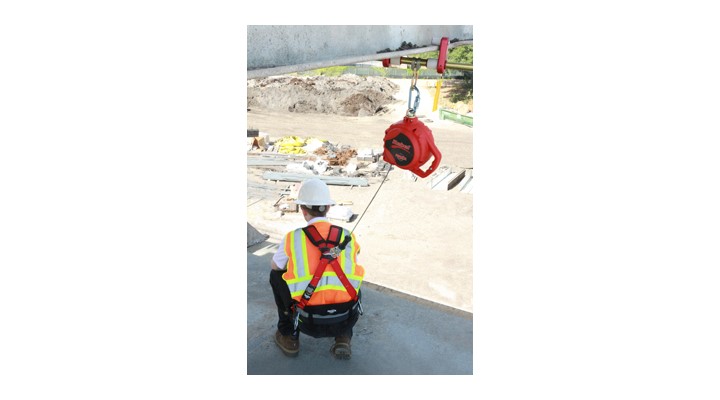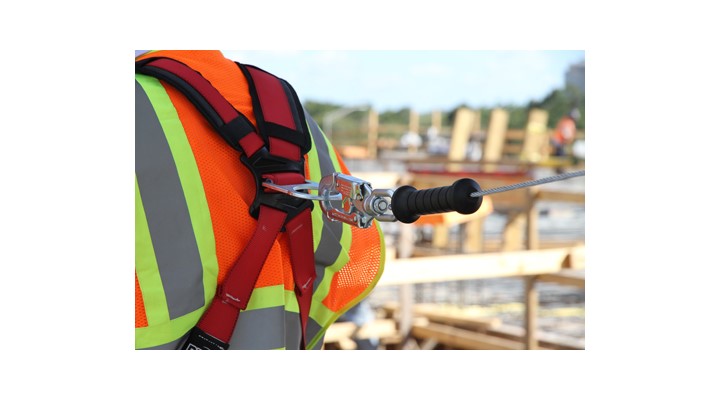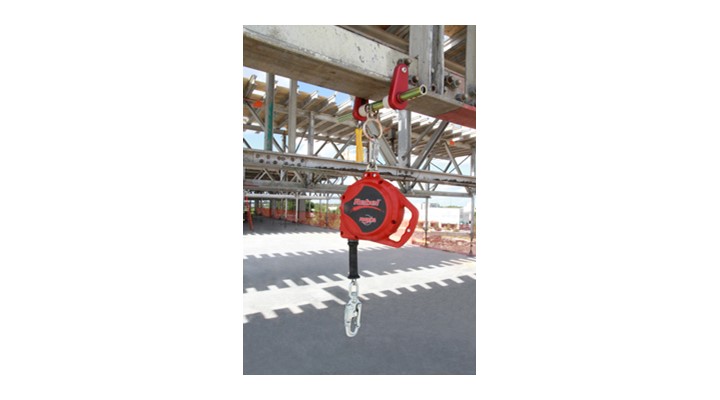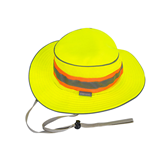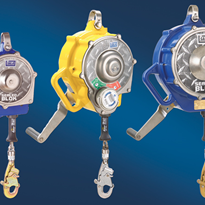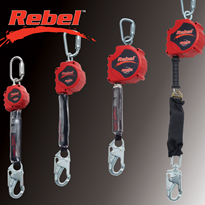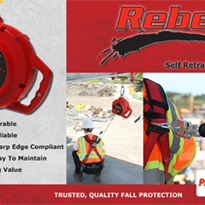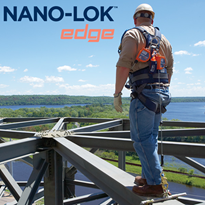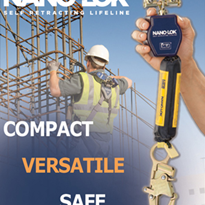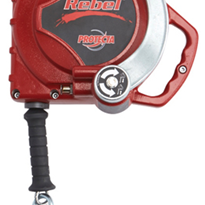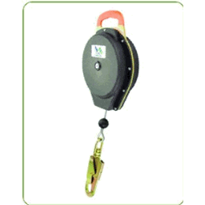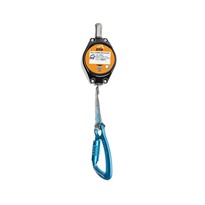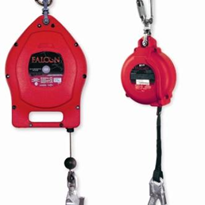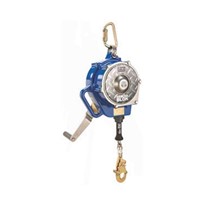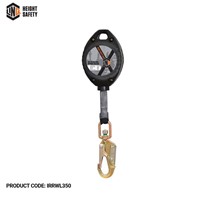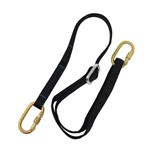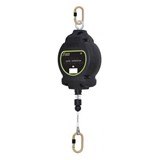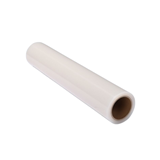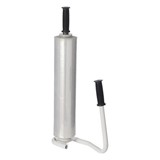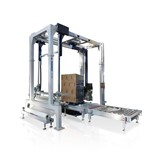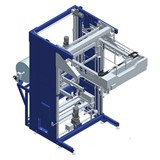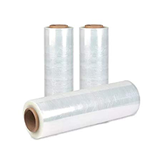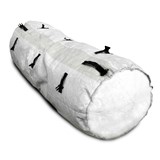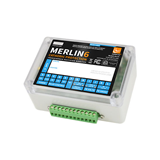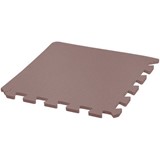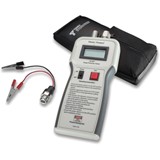Without the proper training, workers may not realise the severe consequences of a fall—serious injury or even death. Training consists of both classroom learning on topics such as industry standards, as well as hands-on training about how to use fall protection equipment, among other topics.
It is the company’s obligation to make sure all workers are educated in how to properly use equipment, including devices that are sometimes overlooked, such as a self-retracting lifeline (SRL). SRLs are becoming more common on job sites because they reduce fall distance and fall clearance requirements. The devices have also become smaller, lighter and more economical, making them an increasingly popular choice over shock-absorbing lanyards. Based on the growing popularity of SRLs, it is critical that fall protection training courses teach workers how to use these devices correctly.
Background on SRLs
A self-retracting lifeline is a fall arrest device incorporating a lifeline that extends and retracts as a worker moves away from and towards the device. In the event of a fall, an energy-absorbing brake activates, stopping the fall while reducing fall arrest forces and fall distances to safe levels. The lifeline is made of either galvanised or stainless steel cable or nylon webbing. SRLs are typically used when a great deal of mobility is needed on a job site. The amount of mobility is limited only by the length of the SRL’s lifeline, which can range from 1.8m to 60m or greater. Self-retracting lifelines are used extensively in the oil and gas industry, but the devices are also common in construction, general industry, transportation, utilities and wind energy.
There are several types of SRLs that are common on job sites; selecting the right type depends upon the work environment and the type of work to be performed. For example, sealed SRLs completely seal all dynamic components such as the motor spring and brake system inside the housing to protect the mechanisms from oil, grease, dirt, saltwater and such, making them ideal for use in dirty or corrosive environments. Furthermore, certain work activities such as welding require the SRL’s lifeline to be made of steel material or Kevlar, versus nylon, to protect it from heat and flames, and leading edge SRLs are available with lifelines that are resistant to damage from sharp, abrasive leading edges found on many construction sites.
Compared to shock-absorbing lanyards, SRLs reduce the fall distance required for deceleration and fall arrest, making them preferred equipment for sites with low clearances or where work hazards cannot be bypassed or isolated. However, many fall protection training courses touch only briefly on SRLs without fully explaining what users need to know. Training for operators using height safety equipment should include training on how to safely use a self-retracting lifeline.
SRL Training Tips
Many self-retracting lifeline users are unaware of how to use SRLs on varying surfaces, and also how to inspect, maintain and store the device. It is vital for any training program to include the following considerations:
SRLs on Walking Surfaces/Leading Edges
Not all self-retracting lifelines are designed for walking surfaces/leading edges; some are designed for ladder climbing and other purposes. Trainees should be taught that the device they are using must be appropriate for the surface and task. SRLs used on walking surfaces should have a reinforced lifeline with an energy absorber at the end nearest to the user. If one isn’t built in, a separate device should be attached inline between the dorsal D-ring of the user’s harness and the snap hook of the lifeline. This energy absorber is in addition to the energy absorber built into the device, and is necessary for situations in which the user goes over a sharp edge. In this situation, the cable may not slide, potentially damaging the cable and exerting high arresting forces on the user. The energy absorber on the user’s back prevents this. Also, when using an SRL on a walking surface, the SRL should be positioned on its spine, rather than flat. This ensures that the cable or webbing coils properly. There are special brackets made for this purpose.
SRLs and Lateral Movement
Trainees should be taught to mount the SRL to a central anchorage point directly overhead when moving side-to-side with a self-retracting lifeline, and to limit their movement away from the anchorage point. The further the worker travels from the anchorage point, the more it can counteract the benefits of the SRL in that a fall may result in a swing fall—a pendulum-like motion resulting from a fall that occurs in a position located horizontally away from the anchorage. Users should refer to clearance charts that are provided with SRLs, and be able to assess the job site hazards to determine how far they may safely move from the anchorage point.
SRLs on Horizontal Lifelines
A self-retracting lifeline significantly reduces the amount of fall distance when used with a horizontal lifeline. Horizontal lifelines are commonly used in the construction industry and in other situations when there are no overhead anchorage points. Like lateral movement, there is an increased danger of a swing fall when using an SRL with a horizontal lifeline, particularly if the SRL is not fitted with a device that helps it track along the horizontal lifeline. Again, users should be taught to apply the clearance charts provided with SRLs and be able to assess the hazards to determine safe movement from the anchorage point.
SRL Maintenance and Storage
Maintaining self-retracting lifelines and storing them appropriately greatly extends the products’ longevity. Trainees should be taught how to inspect the SRL prior to use. This involves examining the device, both visually and manually, and making sure it engages correctly by performing a lock test (pulling the cable out fast enough to lock the system). Most self-retracting lifelines on the market today have impact indicators that show if a unit has been involved in a fall. If the SRL has been impacted, it should be taken out of service and sent to an authorised service centre for repair.
Some manufacturers provide SRLs that promote a ‘no-service required’ element. Users must however ensure that when selecting an SRL for a task, that they complete a risk assessment of the application and environment in which the product is being used. In many cases, this assessment may require the SRL to still be regularly serviced to avoid the consequences of failure, especially in harsh, dusty and corrosive environments. Always read the manufacturers warranty and service requirements to be certain of the service interval.
If workers properly care for SRLs, they should last until they either fail an inspection or are impacted in a fall. Trainees should also be taught how to properly store SRLs. Self-retracting lifelines should be stored in a cool, dry place where they will be protected from physical damage and corrosive elements. For even more details regarding the recommended servicing routine for SRTs, refer to AS/NZS1891.4 (2009) Industrial Fall Arrest Systems & Devices Part 4 -Selection, Use & Maintenance.
On the Horizon
Self-retracting lifeline technology continues to evolve and improve, and training must take these new features into account. There are now SRLs on the market with built-in rescue capabilities that can automatically lower the worker to the ground or next level in the event of a fall.
Proper fall protection training is crucial for all workers working at height and an integral component of that training is how to select, inspect, use, maintain and store fall protection equipment. After receiving initial fall protection training, workers should participate in regular refresher training sessions, particularly when new equipment is introduced to the job site. By mandating fall protection training as part of a comprehensive fall protection program, a company can help protect against the dire consequences of a fall.
About the Author - Rick Millar is the Technical Manager Manager (Australia/NZ) with Capital Safety, a leading designer and manufacturer of fall protection and rescue products, including the DBI-SALA, Protecta and Uniline brands. For more information, visit
www.capitalsafety.com.au or call 1800 245 002 (Aus) / 0800 212 505 (NZ).


